Beauty and glamour are the enduring qualities of jewellery, Kundan and enamelling are two outstanding forms of crafting jewellery. While Kundan is used to decorate the front of an ornament, enamelling is used for decorating both sides. Enamelling not only enhances the value and beauty of jewellery, but also serves as a parameter to test the purity of precious metals. Introduced by the Europeans, enamelling was widely used during the Mughal period. The best specimens of enamelled jewellery have been produced during this period. Surprisingly, little has been written about this art. Handcrafted Indian Enamel Jewellery examines the history and varied techniques of enamelling, and also discusses techniques that closely resemble enamelling, but are distinct from it. With time, the art of enamelling has deteriorated, yet the demand for quality work, found only in old pieces, may lend a new lease of life to this art form.
ABOUT THE AUTHOR M. Varadarajan
Muthusamy Varadarajan was in the IAS from 1956 to 1991. He was then Member, National Minorities Commission. As Secretary Culture to the Government of India in the '80s, he orchestrated the Festivals of India, and exhibitions including the Henry Moore exhibition in India. A Scholar of art and religion, He has several Carnatic music compositions to his credit, and in 1982, edited and published Nadopasana One, on Indian classical music and dance. Currently, he is Chairman, Expert Committee, National Museum, Delhi.
ABOUT THE AUTHOR Rita Devi Sharma
Rita Devi Sharma is an epigraphist, numismatist and jewellery expert. She has revived the 'Takari Script' and her project on Himachal Jewellery is to be published shortly. In charge of the jewellery collection in the National Museum, Delhi, she has discussed the art of enamelling with Shri Jayant Chowlera, a jewellery expert, and enamellers across India. Her next publication is the Catalogue of 3421 punchmarked coins of the Bharwani Hoard in the National Museum.

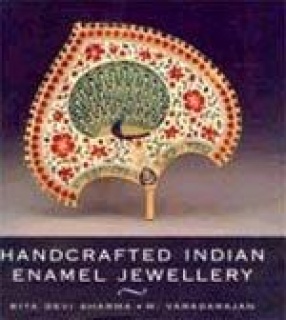

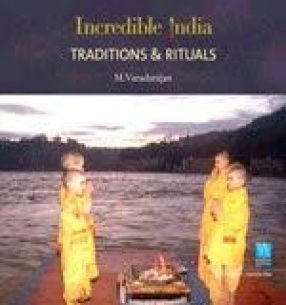
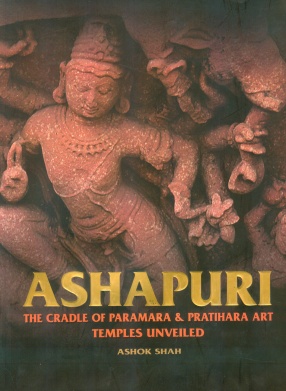
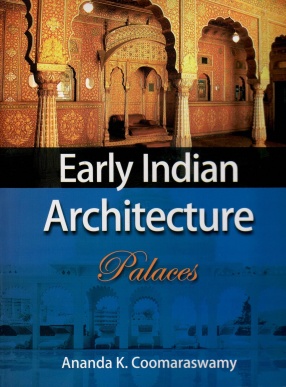
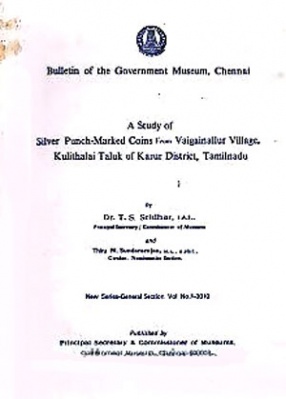
There are no reviews yet.